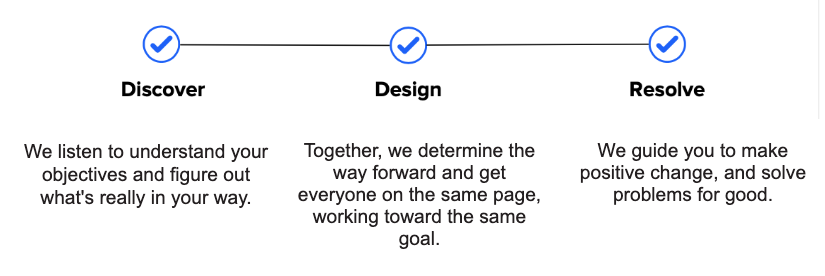From Brush Strokes to Big Picture: How Optimizing Disparate Data Points Can Result in Improved Patient Care
 Integrated care is vital to patients, meaning we need systems that communicate with each other so providers and patients alike have a complete and current view of a patient’s health data.
Integrated care is vital to patients, meaning we need systems that communicate with each other so providers and patients alike have a complete and current view of a patient’s health data.
There were many great takeaways from ViVE 2024 in Los Angeles this winter, but it was evident that panelists, vendors, and attendees alike strive to improve patient care in our healthcare system. The concern for better patient outcomes was at the core of every session I attended this February. So, how must we change our healthcare system and infrastructure to improve patient and population health? Enter integrated and value-based care.
An integrated care model can be described as an ecosystem where “health care providers work together to address a person’s physical, mental, behavioral and social needs. In this way, providers treat an individual as a whole rather than focusing on a specific health issue or disease” (cms.gov). This means we are taking a holistic approach to an individual’s health - trying to decrease silos in the healthcare industry to provide an overall picture of patient health.
Value-based care expounds on this concept. As explained by Anjalee Khemlani, Senior Health Reporter from Yahoo! Finance and moderator of the ‘Delivering Value-Based Care At Scale’ session, value-based care is about “being able to curb healthcare costs for higher-end cost patients to get services focused on healthcare in order to not make them expensive patients down the road.” Using the big picture that integrated care paints and providing the correct care, treatment, and resources early to prevent minor issues from becoming major and more costly over a patient’s lifetime.
Sounds pretty great! But how do we implement these models of care?
Panelists often point to the importance of data in achieving this ideal future state. How can we collect more meaningful patient data? How can we better organize and leverage the existing data we already have? How can we best put these data points to use? And how can we integrate multiple data sources to paint a more holistic picture of patient health? As Eva Borden, President of Behavioral Health at Evernorth Health Services, pondered in “Head to Toe Health,” “As we think about making the healthcare ecosystem less fragmented, how can we take that information and wrap it around patients?"
In today’s age, we have more information than ever before at our fingertips. Not only have we seen advances in the types of data health care professionals can collect in their offices, but patients are seeking out their health information through wearable devices (think continuous glucose monitors and fitness watches), at-home testing kits (allergy and antigen tests), and apps that allow users to log their own data points (such as food, cycle, and energy tracking apps). Each individualized data point is a brush stroke that makes up the larger painting of a patient’s unique health…yet at this point, we’re not quite seeing the complete picture.
Several panelists throughout the conference referenced the sheer amount of data we are currently swimming in. While we have a lot of data available, we aren’t necessarily able to capture and use it all. It is not integrated to a point where it is easily usable and can draw connections between data sources to improve holistic patient health. Amar Desai, CEO of Optum Health, advised in ‘Delivering Value-Based Care At Scale’ that “care delivery broadly needs to be more connected…[Electronic Medical Records are] now much broader…as people engage with their own data and health information.” He asked his audience how to pull disparate information into a bigger picture.
" Engage in health before there is an acute issue. "
Amar also encouraged providers and patients alike to “engage in health before there is an acute issue. We should be able to connect exercise to insulin resistance to diabetes, not just look at the end result of diabetes.” Ideally, we could leverage personalized health data to identify warning signs of future issues and then engage in the appropriate early treatment or preventative care activities to delay, mitigate, or avoid costly future sicknesses. Amar’s co-panelist, Lori J. Morgan, President and CEO of Huntington Health, shared similar sentiments but expanded her commentary to cover extended patient care: “We haven't had the interoperability of data to do...truly comprehensive lifetime care" for patients. Advances in how we can utilize health data can result in significant improvements to a patient’s life-long care.

In summary, better use of available health data can improve patient outcomes through integrated and value-based care models. Personalized data should result in customized care, but we must integrate and optimize the data infrastructure before reaching our desired future state.
If you need support with data integration, implementing more effective data management solutions, visualizing data, or information sharing within your organization, Enterey is here to help. Use the link here to schedule a call with us. Together, we can take steps towards a more connected future to better serve patients and improve population health!

You can find more blogs here.
-1.png?width=266&height=69&name=Enterey_Color-Logo-withTag%20(1)-1.png)





